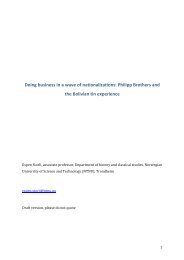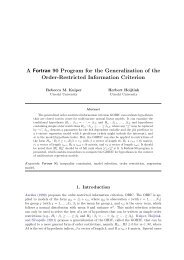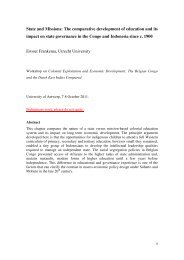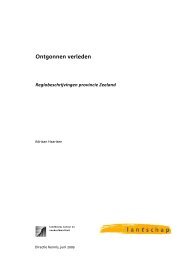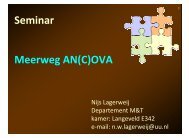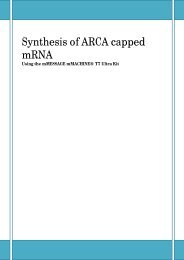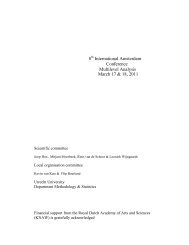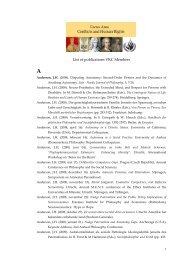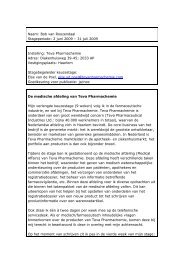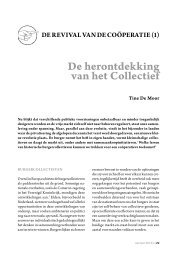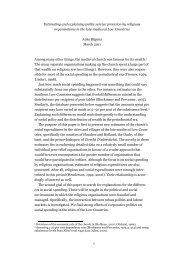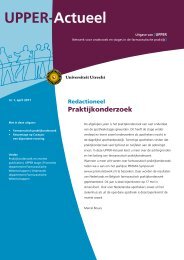New Approaches to Medieval Communication?1
New Approaches to Medieval Communication?1
New Approaches to Medieval Communication?1
Create successful ePaper yourself
Turn your PDF publications into a flip-book with our unique Google optimized e-Paper software.
32 MARCO MOSTERTited; only after the reception of Anglo-Saxon ideas about literacy was its subjectmatter <strong>to</strong> arouse enduring interest. Similarly, the works of Rörig 99 andGrundmann 100 were <strong>to</strong> be subjected <strong>to</strong> criticism only after the 1960s. In England,<strong>to</strong>o, Henry John Chay<strong>to</strong>r’s From Script <strong>to</strong> Print: An Introduction <strong>to</strong> <strong>Medieval</strong>Literature, published in 1945, 101 was <strong>to</strong> exert its main influence onlyafter a generation.The intensification of his<strong>to</strong>rical research on communication in the MiddleAges occurred after the 1960s. At first, attention concentrated on the relationshipbetween oral and written communication. Scholars saw themselves livingin a period of revolutionary technological change which brought about considerablechanges in personal and social life. This made them acutely aware of thechanges which the introduction of the printing press in the fifteenth and sixteenthcentury had caused. Research became sensitive <strong>to</strong> the influence of thechannel by which messages were transmitted. And more than before questionswere asked about the socio-economic position of the producers of writtentexts. 102 Simultaneously, in linguistics the idea became current that not onlyspoken language, but also other symbolic systems had a syntax, lexicon andsemantics of their own: written language was no longer seen as a descriptionof spoken language, but as a distinct system with its own rules and references.The various media began <strong>to</strong> be compared (going backwards from the electronicword via the written and spoken word <strong>to</strong> non-verbal communication) and theirdifferences rather than their similarities were stressed.We have already had occasion <strong>to</strong> mention the publication of Jack Goodyand Ian Watt’s article “The Consequences of literacy” and the ‘technologist’trend it started. 103 The first medieval his<strong>to</strong>rians who, after Goody and Watt,occupied themselves with the problem of medieval communication, seemedconvinced of their being right. This was understandable: had medieval his<strong>to</strong>rynot, over the last centuries, via palaeography, codicology, diplomatics andother ‘decoding sciences’ occupied itself with the technicalities of writtencommunication? One observed for instance that, as the Middle Ages progress,writing is introduced in ever more social spheres. On began <strong>to</strong> wonder underwhich circumstances the introduction of writing <strong>to</strong>ok place. One wanted <strong>to</strong>know when exactly written communication had supplanted the spoken word as99No. 207 (RÖRIG, 1953).100See, e.g. the comments on No. 192 (GRUNDMANN, 1958) in No. 39 (DE JONG, 1993) andNo. 294 (CLANCHY, 1993), first edn. (1979), pp. 177-181.101 No. 279 (CHAYTOR, 1945).102 See the synthesis in No. 210.103 See supra, p. 23.



